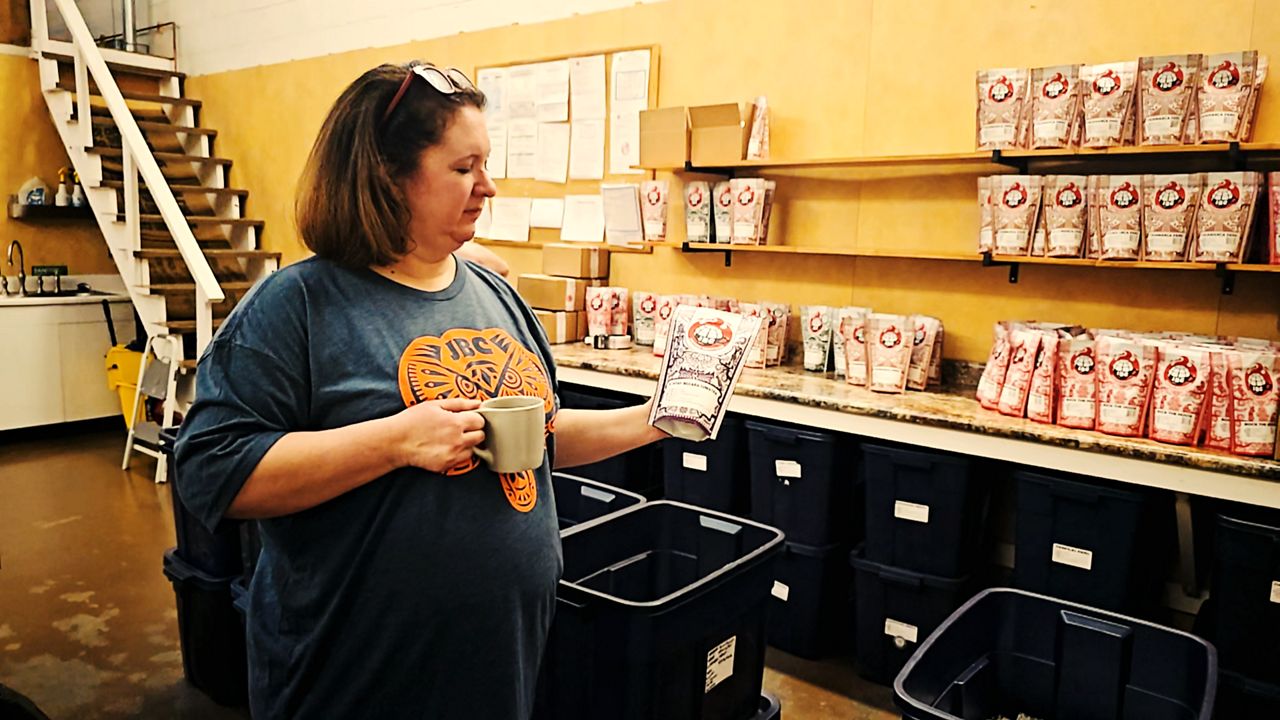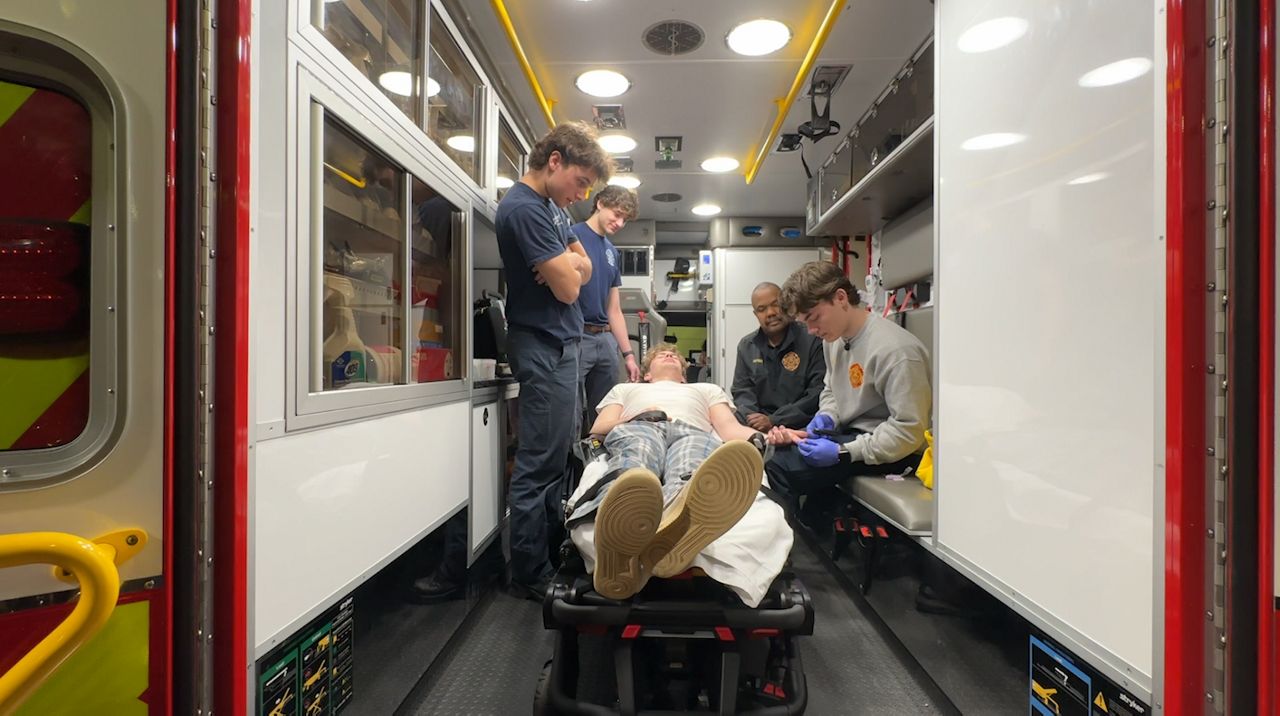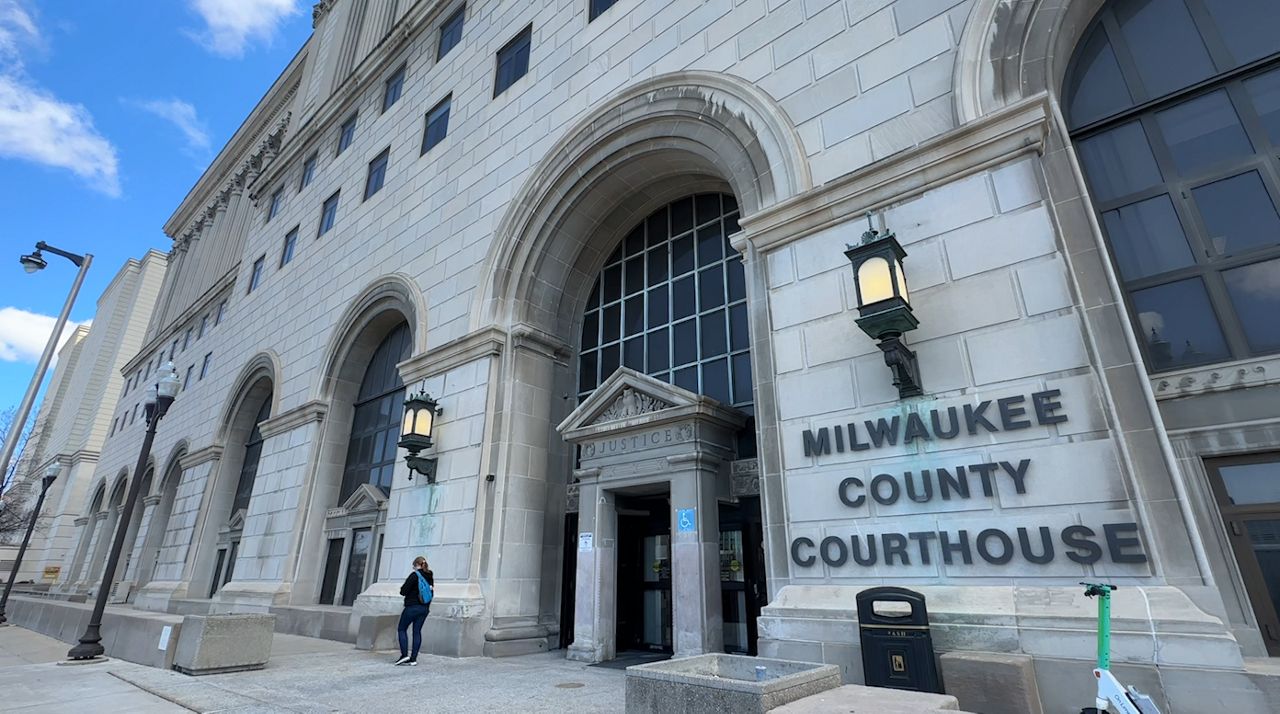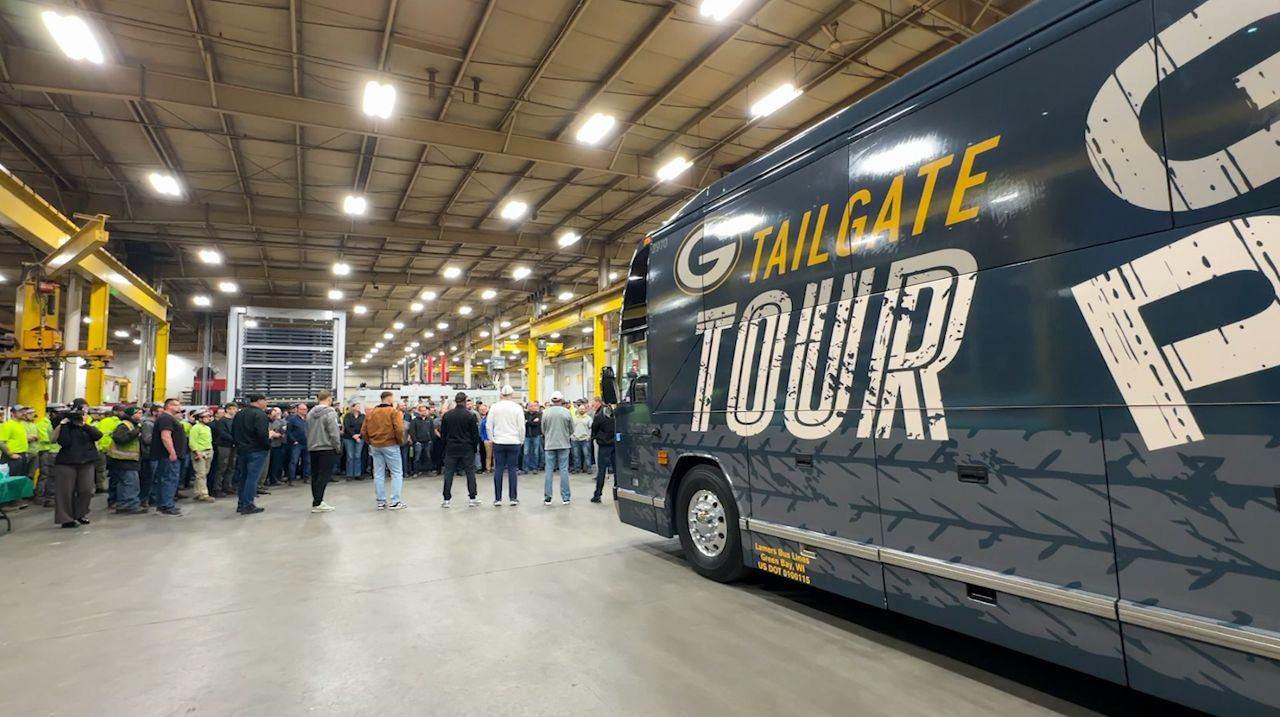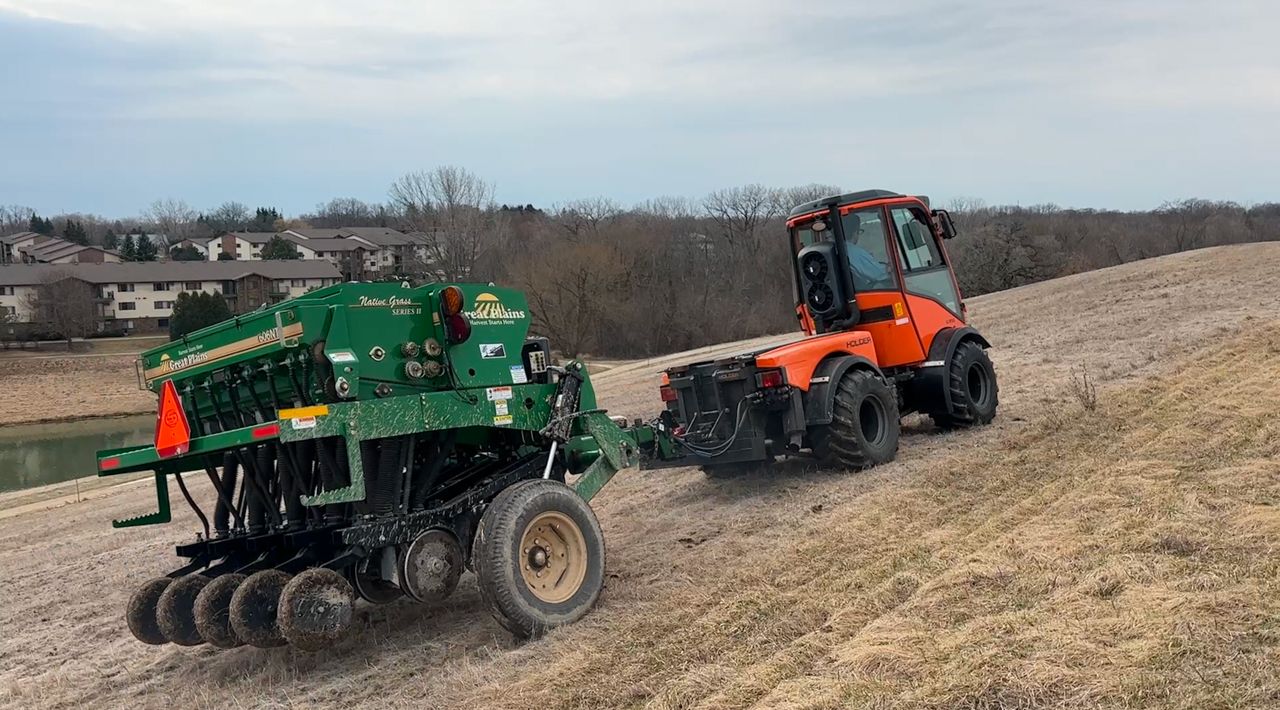WAUPUN, Wis. — Occasionally when deer hunting, things don’t go as planned and recovering that prized buck or freezer doe becomes a challenge.
That’s when one of a seemingly endless number of calls goes to Graham Brunet.
“Looking at that and it being more thick and stuff, like a liver shot,” said Brunet as he examined an arrow.
Hunter Troy Deaver recovered the arrow the previous day after shooting what he called, “a pretty nice buck.” Deaver organized a search party that spent six hours looking for the deer.
“And we started to lose blood, so we backed out and called up the dog tracking and here we are,” said Deaver.
That’s when Brunet and his 10-year-old Plott hound, Diamond, got the call. Brunet is partially colorblind and has a hard time seeing blood himself. Diamond was originally a bear-tracking dog, and Brunet said her first owner abused her. A friend connected him with Diamond to help Brunet recover his wounded deer. The two have been helping other hunters find their deer for eight years now.
“He knew something was special about Diamond and he brought her to me and I ended up with an amazing animal. She amazes me every time we go out in the woods. She gives me goosebumps talking about her,” said Brunet.
Deaver and Brunet set out, with Diamond in the lead, nose to the ground. Brunet let the hound build what he called a “scent profile” of the deer.
“She’ll work right around your boots. I think she’s eliminating our scent from her profile,” said Brunet.
Deaver and his search party found blood the day before and marked it with tissue paper. To the dog, blood is nice, but not what she’s really looking for.
“Blood is more of a confirmation to the humans that we’re going in the right way,” explained Brunet. “The dog does use that. She also uses hair dander, the tarsal gland but the interdigital gland is really the gland that we’re looking for the most. When they are hurt or are going to be expiring, they put out a completely different scent and that’s what we really lock the dog to.”
Last year, the pair conducted 71 tracks for hunters and put on 280 miles. They run the entire bow and gun season and while it’s not optimal, they will even work in snow. Brunet said a 33% success recovery rate for him is a good goal. It may sound low, but the tracking dog is often a last resort for hunters.
“When we show up, it’s because something went wrong. We don’t get the calls when they go 20 and then tip over,” said Brunet.
Diamond eventually led the pair to a creek that separated the Deavers’ land from a neighbor. Deaver didn’t have permission to follow the scent into the neighbors’ property, but Brunet knows the area and people well. A quick phone call and they were back on the track.
Brunet said he especially enjoys recovering an animal for a first-time hunter.
“I want to find every deer. I do not want to leave them laying out there.”“We want to keep our youth hunting. We want to keep them in the outdoors,” said Brunet. “I want to find every deer. I do not want to leave them laying out there.”
Brunet stressed patience to hunters after shooting a deer.
“If you do not watch these deer fall, my suggestion is 4-6 hours before you even go down by your arrow. Once you go down by your arrow, you start making reads from there based on, how did the deer react, how does the arrow look?” said Brunet.
He said there’s a network of trackers and they all talk regularly about best practices. During the rut, they increased their wait times before attempting to track a deer.
“Take that last second to breathe. Also, let the animal win. He might have outsmarted you today, that happens. Don’t risk wounding these animals versus taking the ethical shot on them,” said Brunet.
After a long search, Brunet said the deer Deaver hit stopped producing the wounded scent from its interdigital gland. He called it off and said if a neighbor sees the deer, he’ll hear about it.
“I leave knowing that I checked every bit of area that I think was possible to pick that deer back up. I don’t believe at all that that deer was expired in our area,” said Brunet.
The deer was shot during the rut. Bucks can survive serious wounds during their breeding season, and can travel long distances when hit. It’s possible the deer eventually expires, but Deaver went the extra mile to recover the animal.
“It’s better to call the dog and at least have an outcome of this,” said Deaver.
For Brunet and Diamond, there will be good and bad days, but they always leave the trail knowing they did their best for the hunter and the animal.






